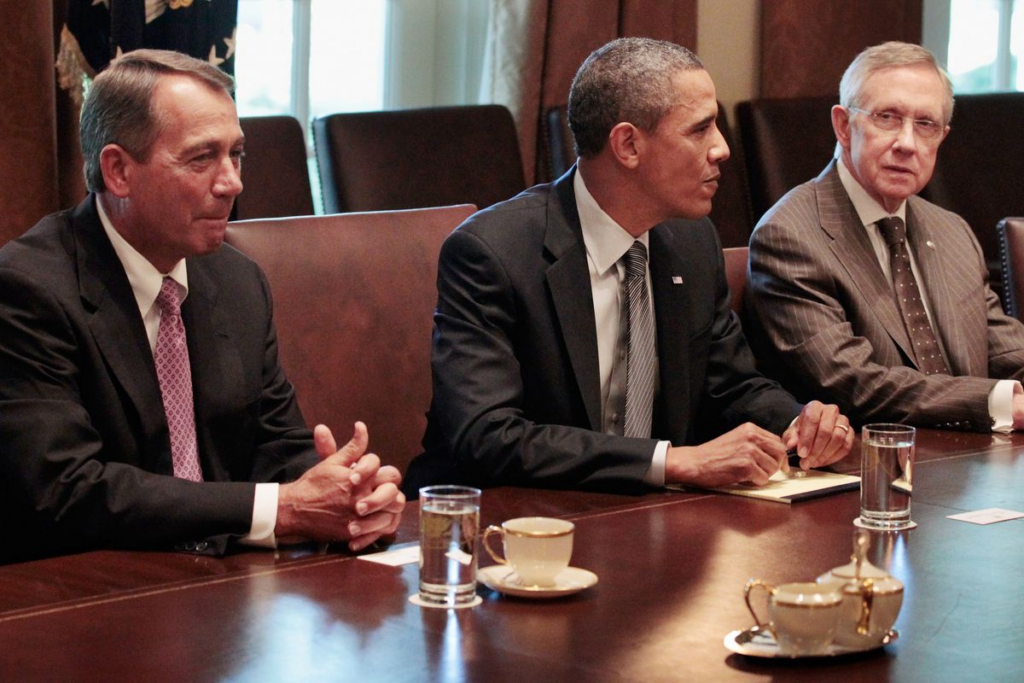Obama trimmed $2.1 trillion in expenditures to end 2011 debt ceiling problem. What followed 2023
The country will default in days. Conservative Republicans want big budget cutbacks from the Republican House speaker. The Democratic president negotiates to avoid a budget crisis.
Not 2023.
In 2011, then-President Barack Obama agreed to a debt ceiling deal that required more than $900 billion in upfront expenditure cuts and deficit reduction, as well as a bipartisan congressional committee to identify at least $1.2 trillion in subsequent savings.
President Joe Biden, Obama’s vice president, faces a similar scenario. He and Republican House Speaker Kevin McCarthy are pressing their parties to quickly pass their debt ceiling deal before the US risks make payments on June 5.
House Republicans may wish to review their predecessors’ hard-fought accord. A succession of bipartisan measures reduced some of the cutbacks once things went wrong.

“Once Congress took a look at the programs and what was required, they realized they couldn’t make cuts that deep,” said Brian Riedl, a senior scholar at the right-leaning Manhattan Institute who was involved in 2011 discussions.
What occurred following the 2011 deal?
A $1.2 trillion debt ceiling hike in 2011 required the joint committee to find further deficit reduction strategies. If members failed their goal, involuntary cuts would decrease planned expenditure growth over the following decade.
Sequestration was started when the committee failed.
Congress subsequently toned down the debt reduction requirements by regularly raising discretionary spending limitations in subsequent years, but legislators added additional measures to balance those changes.
“We basically unwound this bill little by little,” said Rice University Baker Institute Center for Public Finance director John Diamond.

Riedl claimed spending was cut by $1.5 trillion of the $2.1 trillion committed to in 2011. Discretionary spending was decreased $855 billion throughout the decade. Defense, education, justice, and the IRS were all cut. As part of required cost cuts, Medicare providers received a 2% decrease.
Today’s transaction
In 2023. The extent of expenditure cutbacks stalled the debt ceiling deal. McCarthy’s staff stood hard when the Republicans included fiscal 2022 spending levels in their debt ceiling deal earlier this year, but the Biden administration protested.
The weekend deal reduces fiscal 2024 non-defense discretionary expenditure, but allocation tweaks make up most of the difference. Fiscal 2025 non-defense spending rose 1%.
According to Warren Payne, a senior advisor at Mayer Brown and former House Ways and Means Committee Republican staffer, the spending restrictions in 2011 were Plan B.
Payne said most assumed spending limitations would never arise.
McCarthy claimed he succeeded in not cutting defense funds or boosting taxes, unlike in 2011.
Even if Congress accepts this debt ceiling plan, House Republicans may struggle to stick to the caps when appropriating funds for the federal government later this year.
Diamond predicted that expenditure pressures will persist.



